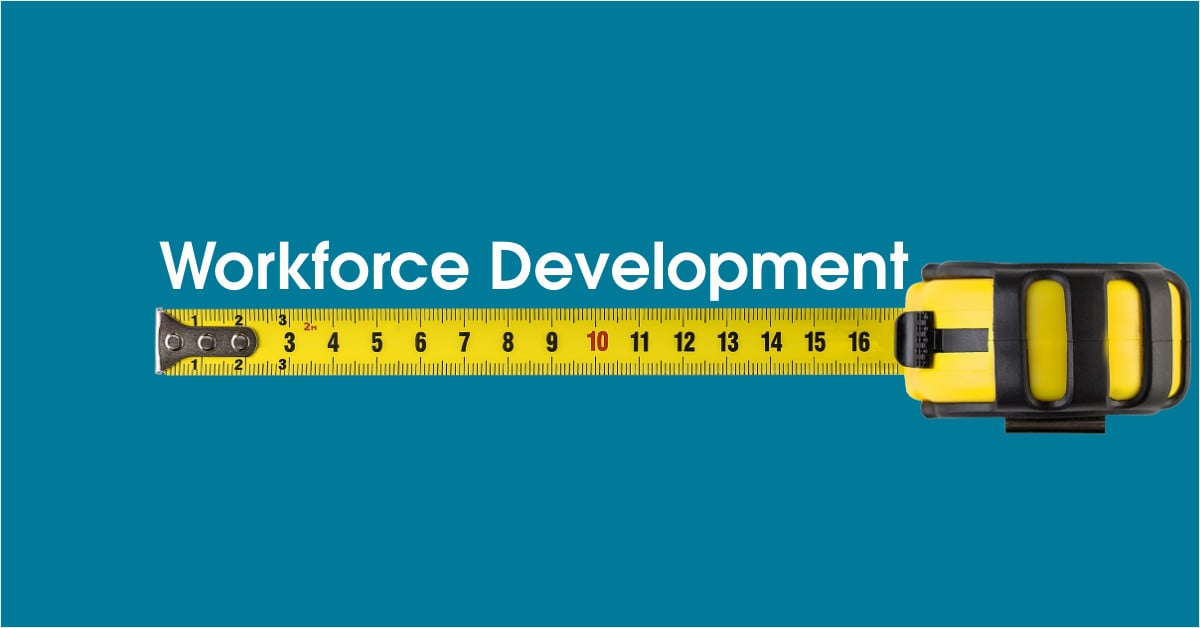Twelve Golden Rules From The Kitchen For Effective Leadership: ‘Mise En Place’
We’ve often been taught that “faster is better” when hustling to get a job done, but during my time working in the catering business, I learned...
1 min read
Merit Apr 8, 2021

Data powers workforce systems forward and provides agencies with metrics to measure their performance and ROI, and to obtain actionable insights. But unfortunately, as a result of the (siloed) array of administering systems that differ from state to state (and sometimes city to city) mentioned in Connecting Systems in Workforce Development Programs, workforce data is often not available holistically.
For both staff and citizens, there are often policies and programs that people are unaware of or unable to take advantage of because relevant information can get lost across these disconnected sources. This makes it virtually impossible for states to always comprehensively understand who is working, who isn’t, who is actively training for each specific industry, and who is reemployed into which sectors. What kinds of skills do people need in order to find a job? How many people need training? Pulling this data together in one place without a modern, digital solution is a strenuous task.
This incomplete data impacts state governments when they apply for federal funding for these programs. For example, according to the Workforce Innovation and Opportunity Act’s (WIOA) Final Rule and FAQs, grantees must collect data for WIOA performance accountability requirements and to track the program’s progress in assisting WIOA’s goal to support job seekers. If the data is incomplete, it could affect the amount of funding they receive as it may show an incorrect amount of progress being made. For the 95% of all workforce programs that use WIOA funding (per Workforce Board Operations Survey), it is important to have one cohesive source of truth for their WIOA performance results across different areas of the state.
It is critical to use data to better gauge the efficacy of skill development programs and services. Funding decisions for skill development programs are supported by a mix of expert insight and quantitative feedback. For example, combining program participation data with wage and employment outcomes will enhance quantitative feedback. Correlating employment and wages with specific providers, programs, and credentials allows agencies to identify the most effective services and partners.
Workforce development needs a single solution to manage participants' engagement and credentials. Otherwise, data will continue to be difficult to assess and accuracy will always be in question. Merit removes the hassles of going through multiple systems and having a program that is digital will allow all data to be up-to-date at all times. In turn, this makes accurate data easily accessible for quick credential verification, stats on what government programs need assistance, accurate numbers for WIOA funding, and more.
We’ve often been taught that “faster is better” when hustling to get a job done, but during my time working in the catering business, I learned...
Your people are your most valuable asset and your biggest competitive advantage. Invest in them wisely, and they’ll take your company places you...
Big workforce initiatives thrive on strong collaboration between ecosystem partners; however, navigating those projects may sometimes be challenging....